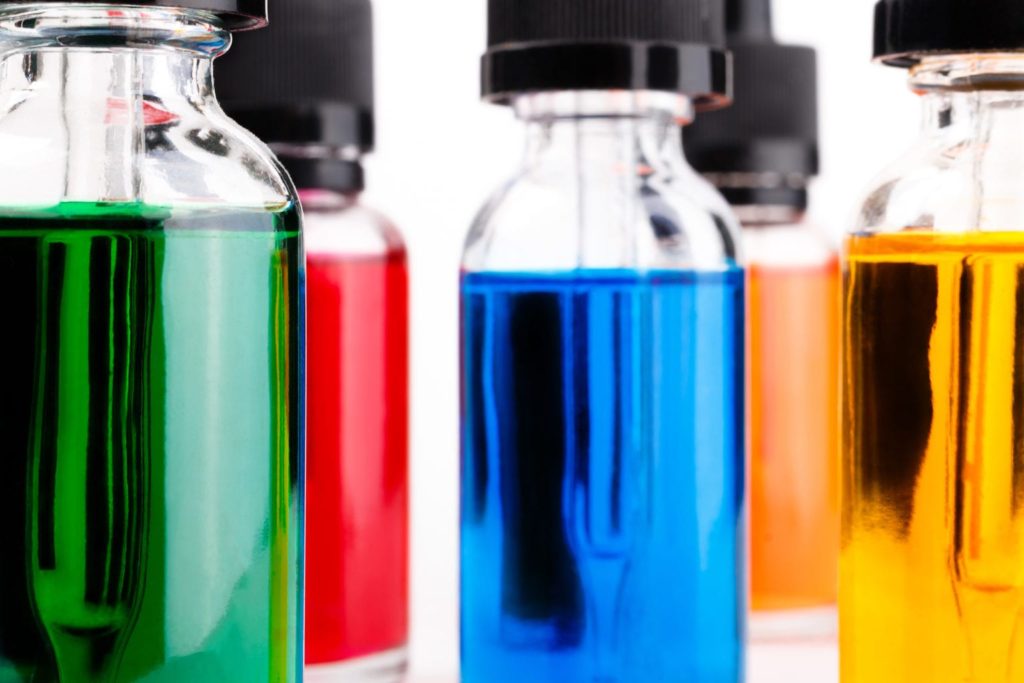By Clifford K. Schoff, Schoff Associates
My recent articles on Hansen Solubility Parameters (CoatingsTech, May, July, and September 2018) have raised questions about what other solvent properties are important and about how to choose solvents. The main job of solvents is as carriers for resins, pigments, and other components. Other functions include controlling viscosity for application and flow-out, aiding in film formation, and wetting of pigments and substrates to help with dispersion and adhesion. Important solvent properties besides solvency include physical properties such as volatility, boiling point, surface tension, viscosity, and electrical resistance/conductivity. Other important criteria that I will not discuss here include cost, toxicity, flammability, and odor.
After the ability to dissolve or disperse resins, the volatility of solvents is the next key property in their selection and can be characterized in terms of rates of evaporation. However, absolute values of weight loss/time are not used. Rather, the coatings industry long ago decided to employ relative evaporation rates. These are dimensionless and are based on the ratio of the measured evaporation rate of a solvent to that of n-butyl acetate, the evaporation rate of which was arbitrarily set at 100. Tables of relative solvent evaporation rates may be found in suppliers’ literature. We tend to divide solvents into arbitrary and approximate groups of fast, medium, and slow. Fast solvents include acetone (1200), methyl ethyl ketone (700), methanol (600), and toluene (240). Those in the medium range include n-butyl acetate (100), i-butanol (80), xylene (63), and water (45 at 0% RH). Slow solvents include ethylene glycol monobutyl ether (6-10), 2-ethyl hexanol (1.35), benzyl alcohol (0.8), and diethylene glycol monobutyl ether (0.24). Specified values for solvents may vary slightly depending on which evaporation technique was used to measure the absolute rates. For example, rates listed above are based on evaporation from open dishes (measured by C. Hansen and W. French at PPG), whereas Shell data are based on results from the Shell Thin-Film Evaporometer (ASTM D3539, recently withdrawn, but still a viable method available from ASTM).
Evaporation rate tables are very useful for comparing solvents and in helping make solvent choices.
Evaporation rate tables are very useful for comparing solvents and in helping make solvent choices. Most paints contain several solvents. The choice of which ones to use depends on the mode of application, whether the coating is air-dried or baked, and its end use. Highly volatile solvents such as MEK may be included in a formulation for spray application to lower viscosity to improve spray-ability, yet be evaporated rapidly on spraying or soon afterward, thereby increasing sag resistance. One or more slow solvents often are included to enhance flowout and leveling after application, to aid in coalescence, or to allow the film surface to stay open longer (useful to prevent popping in baked coatings). The slowest solvents must be good solvents for the resins, i.e., have good solvency for them, otherwise poor appearance and inadequate film properties are likely to be the outcome.
The reader might think that boiling points of solvents would be a good way to evaluate volatility, but they are not. There is not a direct relationship between boiling point and evaporation rate. An example is that of cyclohexanone and cyclohexanol. Although they boil at nearly the same temperature (150–160°C), cyclohexanone evaporates 10 times as fast as cyclohexanol. However, the boiling points of solvents are important in resin synthesis, the properties of the resin being dependent on the temperature of the “cook,” which is controlled by the reflux temperature of the solvent blend. The higher the boiling point of the solvent, the higher the reflux temperature.
The surface tension of the solvent blend in a paint affects several properties, including the wetting of pigments and the quality of their dispersion, wetting of the substrate or undercoating, and sprayability. Low surface tension solvents can improve these properties and improve the dispersibility of additives or components that are difficult to dissolve or disperse such as epoxies. Some solvents such as alcohols, glycol ethers, and aliphatic hydrocarbons tend to migrate to the surface of a coating, thereby lowering the surface tension and making the surface more homogeneous. This improves leveling and reduces the tendency to form surface defects such as craters. This phenomenon is well known for waterborne coatings, but can occur in solventborne coatings as well (especially with C4—C8 alcohols). See JCT CoatingsTech, 3 (2), February 2006, p. 72, for more information on surface tension.
Some solvents such as alcohols, glycol ethers, and aliphatic hydrocarbons tend to migrate to the surface of a coating, thereby lowering the surface tension and making the surface more homogeneous.
The viscosity of a paint is dependent on the viscosity of the resin-solvent solution or dispersion and the interactions between the resin, solvent, and other components. With solventborne products, going to a solvent package that has half the viscosity of the current blend may not cut the paint viscosity in half, but it should reduce it considerably. This decrease is most noticeable as a lowering of the high shear viscosity “floor,” the relatively low viscosity seen at high shear, which is an indication of the ease of application. So, if you are fighting to improve the sprayability of a high solids solventborne coating without adding more solvent, consider using lower viscosity solvents.
Solvent electrical resistance becomes important when paints are sprayed electrostatically. If the paint has too low a resistance (is too conductive), overcharging will occur and the spray equipment may short out. Overcharging also can cause “wrap back” of paint onto the gun and even onto the person doing the spraying. If the paint has too high a resistance (conductivity is too low), transfer efficiency will be low, perhaps even lower than conventional air spray. See JCT CoatingsTech, 4 (6), June 2007, p. 80 and ASTM D5682 for more information.
CoatingsTech | Vol. 15, No. 11 | November-December 2018
